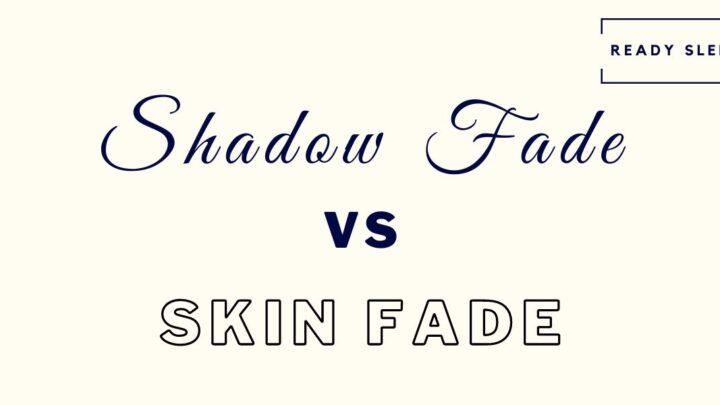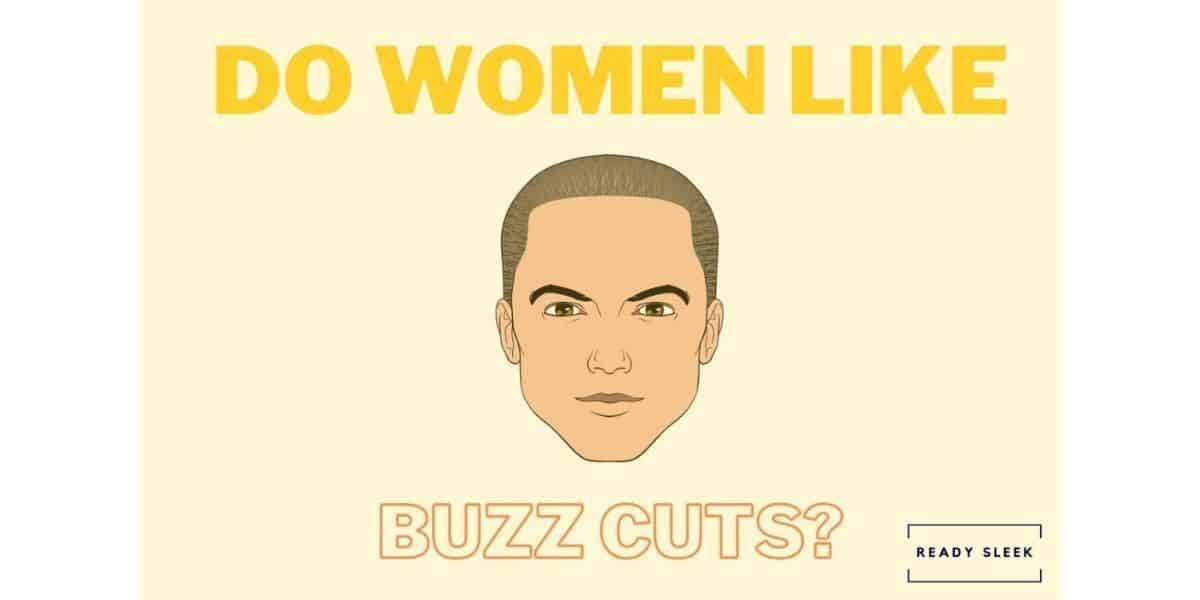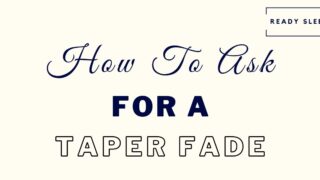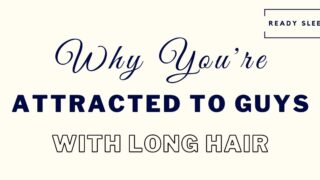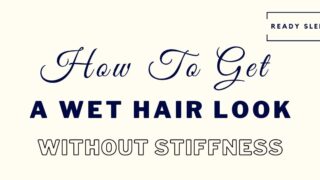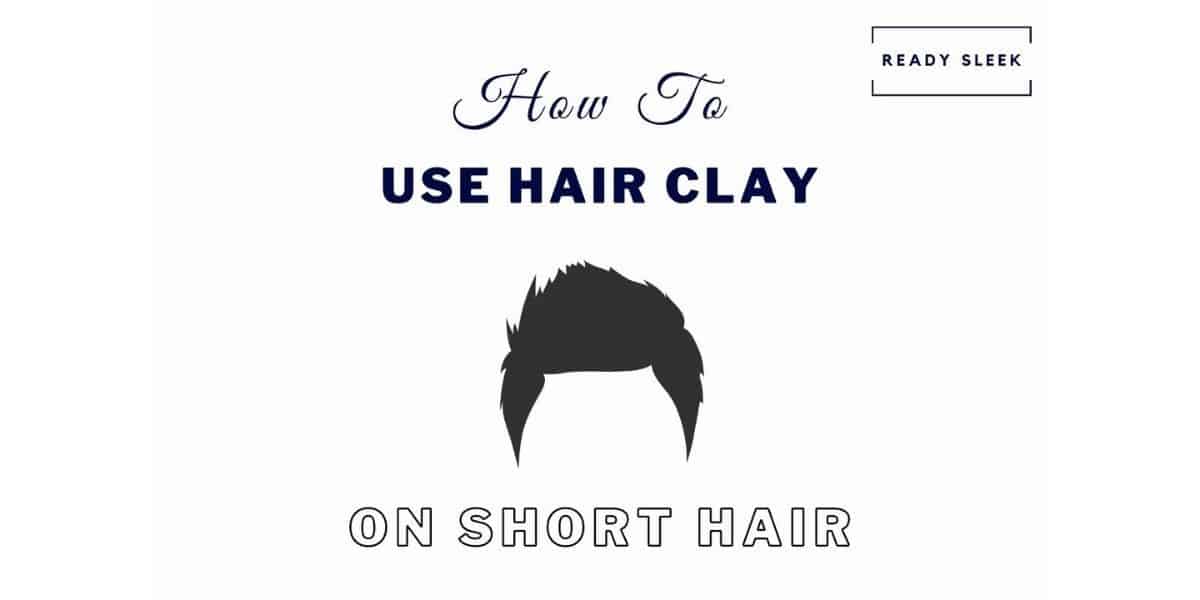They’re both titans in the world of fades. But what’s the difference between a shadow fade and a skin fade?
Shadow fades are produced by using the clipper with no guard attached, leaving behind short stubble at the bottom. In contrast, skin fades have the shortest length of the fade shaved all the way down to the skin.
Let’s dig deeper into how these two common types of fade are different and how you can choose the best one for you.
But first, it’s important to have a basic understanding of what a fade truly is, as a surprising number of people get it wrong.
Fades: An Introduction
A “fade” is an effect where the sides and back gradually increase in length from bottom to top. The different lengths are blended into each other seamlessly to create that typical “faded” and blurred appearance.
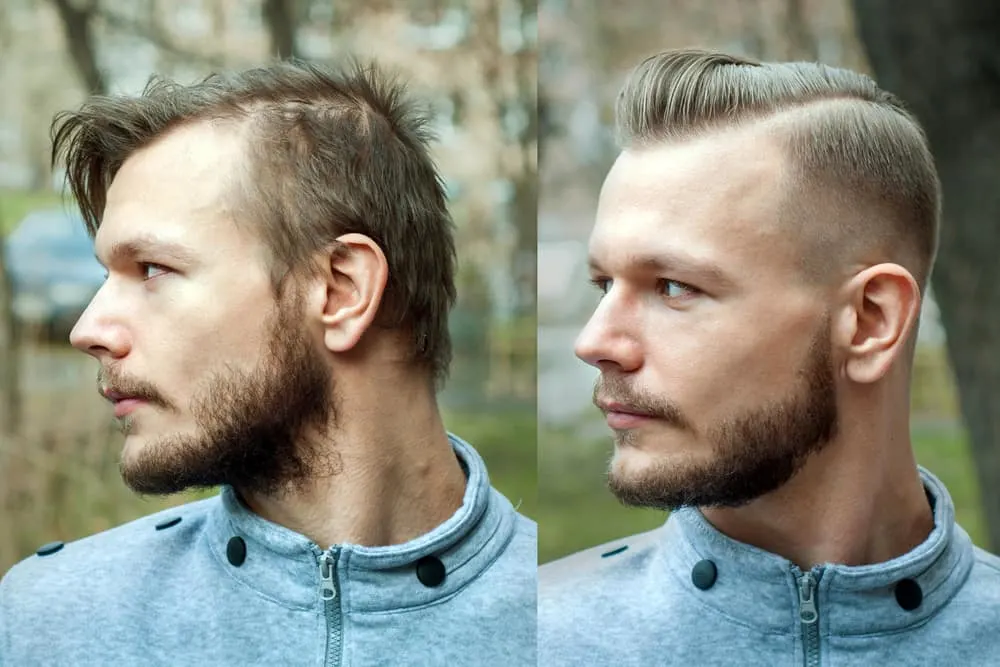
Image From Deposit Photos
Before we compare shadow fades and skin fades, it’s a good idea to get to grips with how fades are defined.
Fades are usually defined in terms of how high they are and how short they are.
Let’s talk about fade height first.
Fades can be tapers, low, mid, or high. What this refers to is where the shortest length of the fade at the bottom starts to transition into longer lengths further up.
“Low fades” start to transition (i.e blend) around half an inch above the ear.
“Mid fades” start to transition around an inch above the ear.
“High fades start to transition around the level of the temples.
“Tapers” are the lowest fade – the transition occurs around the top of the sideburn. As a result, they’re the most subtle type of fade you can get.
Now let’s talk about the length of the fade. This is best defined by how short the shortest length of the fade is.
“Skin fades” have the shortest length literally shaved down to the skin. It’s as short as you can go with a fade.
Longer fade styles such as 1 fades and 2 fades have the shortest length clipped down to a #1 length (3mm) or #2 length (6mm) respectively.
When we’re talking about “shadow fades” and “skin fades”, we’re really referring to how short you’re going with the fade. That’s the main difference between these two types of fades.
Shadow Fade Vs Skin Fade: Differences
Let’s talk through the differences between shadow fades and skin fades in more detail.
1. Length
As I mentioned earlier, this is the main difference. Skin fades have the shortest length of the fade shaved down to the skin while shadow fades will usually have the shortest length as very short stubble.
Skin fades require the use of a razor – this could either be an electric shaver or a straight razor (for those that want the closest shave).
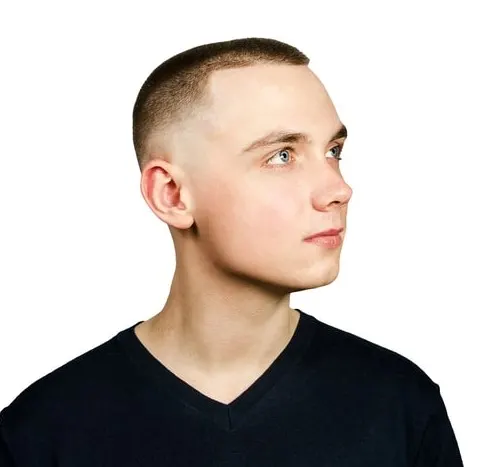
Image From Deposit Photos
Shadow fades do not require the use of a razor because you want to leave behind some short stubble at the bottom of the sides and back to create that “shadow” effect.

Image From Deposit Photos
It’s similar to the term “5 o’clock shadow” when referring to facial hair.
The shadow effect is produced by leaving behind a light layer of stubble, instead of shaving all the way down to the skin.
So, how do you get that short stubble in your shadow fade?
It’s usually done by using a pair of clippers with no guard attached. That means that the lone blade of the clippers comes into contact with the hair.
That’s why another term for “shadow fade” is “zero fade”.
While this is capable of trimming down very short, it will always leave behind some stubble as it can’t cut quite as close as a razor.
The length of stubble it’ll leave behind will usually be between 0.5 and 0.8mm, depending on the blade height. This can vary among brands.
For example, a standard Wahl blade will trim down to 0.8mm, while the #000 blade of Andis or Oster will trim down to around 0.5mm.
If you leave the lever of the clipper open with no guard attached, you’ll be able to get slightly longer stubble – but not quite as long as a #0.5.
At the end of the day, half a millimeter here or there won’t make much difference. The point is that when you use a pair of clippers with no guard attached, you’ll be left with very short stubble.
That short stubble is perfect to use as the shortest length of a shadow fade.
2. Hair On Top
This one isn’t a rule, by any means. But it’s important to bear in mind when you hear people talking about shadow fades.
The term “shadow fade” is often used to refer to a fade where a shadow effect is created by using a clipper with no guard at the sides and the top of the head is left pretty long in comparison.
The contrast between the ultra-short shadow fade at the sides and the long hair on top is pretty eye-catching.
The point here is that the term “shadow fade” is often used when you’ve got short hair on the sides and long hair on top.
Not always, but often. Don’t get me wrong, you can have a “shadow fade” or a “zero fade” with super short hair on top too – like a buzz cut, for instance.
But when you use the term “shadow fade”, just be careful to specify exactly what you want on top to avoid disappointment.
Skin fades, on the other hand, are combined with any length of hair on top and so the term can be used quite comfortably without having to think about it too much.
Shadow Fade Vs Skin Fade: How To Choose
Now that you know the main differences between shadow fades and skin fades, here are a few tips on how to choose between the two.
1. Subtlety
Both skin fades and shadow fades are pretty bold – you’re going very short on the sides with both of them.
Remember, the higher the fade, the more attention-grabbing it’ll be. This is because, with higher fades such as high fades and even mid fades, more of the sides and back will be at the shortest length.
But given the fact that you’re going as short as possible with skin fades (i.e shaved), it’ll always look just slightly less subtle and more obvious than a shadow fade.
With shadow fades, the light layer of stubble that you’ve got left at the bottom of the sides and back just adds a touch of subtlety that some people may find appealing.
2. Maintenance
Having to maintain fades is arguably the worst thing about them.
Fades look and feel great for the first few days after a cut – you’ll be on top of the world.
But most men will find themselves needing to touch up or even redo their fade every 2 to 3 weeks.
This is especially the case if they’ve got pretty high standards for their fades and want a consistent look at all times.
While it may seem reasonable to assume that skin fades last longer because you’re going shorter, this isn’t actually true.
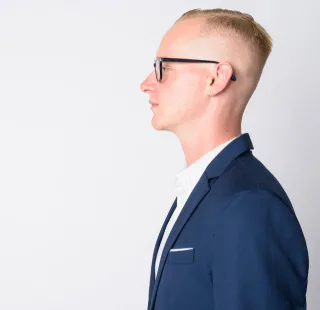
Image From Shutterstock
You’ll find yourself needing to get a skin fade redone more often than you would with a shadow fade.
Here’s why.
With a skin fade, the growth of a few millimeters of hair can be pretty obvious. You’ve gone from having shaved skin at the bottom of the sides and back, to stubble. Essentially, you’ve no longer got a “skin fade”.
That’s why people with skin fades often find themselves needing a touch up every two weeks at a minimum. Unfortunately, the cost of this definitely adds up.
Because of this, most settle for getting a touch up every 3 weeks or so, accepting the fact that during the third week that skin fade isn’t going to be looking great.
Shadow fades will also need regular touch ups to keep it looking fresh.
But because you’ve already got a bit of stubble present with a shadow fade, a bit more stubble isn’t going to be as obvious.
Because of that, you have a little more time before that fade starts to look messy or unacceptable to you.
To sum that up, skin fades are higher maintenance than shadow fades. Not by much, but the difference is significant enough for you to consider when choosing between the two.
3. Shave Acceptance
This one’s an easy one.
If you hate the feel of shaved skin, don’t go for a skin fade.
Some men really hate the feel of a razor and how they feel after being shaved. It’s why they grow facial hair instead of shaving their face.
Skin fades require the use of a razor – whether it’s an electric shaver or a straight razor – to get that clean-cut finish.
Shadow fades, on the other hand, don’t require a razor. They do require the use of a clipper with no blade.
While this may not be ideal to those same people, it shouldn’t be as uncomfortable or unacceptable as a razor would be.
You aren’t cutting quite as close to the skin.
So, if you just aren’t a fan of shaving, consider going for a shadow fade instead of a skin fade.
Shadow Fade Vs Taper
Shadow fade refers to any fade whether the shortest length is clipped down using the blade of the clipper with no guard attached. In contrast, taper fade refers to any fade where the transition into longer lengths starts around the top of the sideburns.
I wanted to briefly mention this because this question is often asked – what’s the difference between a shadow fade and a taper?
Well, they’re completely different and shouldn’t even be compared.
“Shadow fade” refers to the length of the hair at the fade – it’s short stubble.
“Taper” refers to how high the fade sits up the sides and back. It’s the lowest form of a fade, only reaching the top of the sideburns. The length of the fade could be anything.
In fact, a taper fade could be a shadow fade, if the shortest length of the fade was produced using the lone blade of the clipper before it blends into longer lengths around the top of the sideburns.
Conclusion
There you have it. The differences between shadow fades and skin fades explained in detail.
Hopefully, you now have a much better idea of which one would work best for you.
Enjoy.
Ready Sleek founder. Obsessed with casual style and the minimalist approach to building a highly functional wardrobe. Also a fan of classic, vintage hairstyles.

